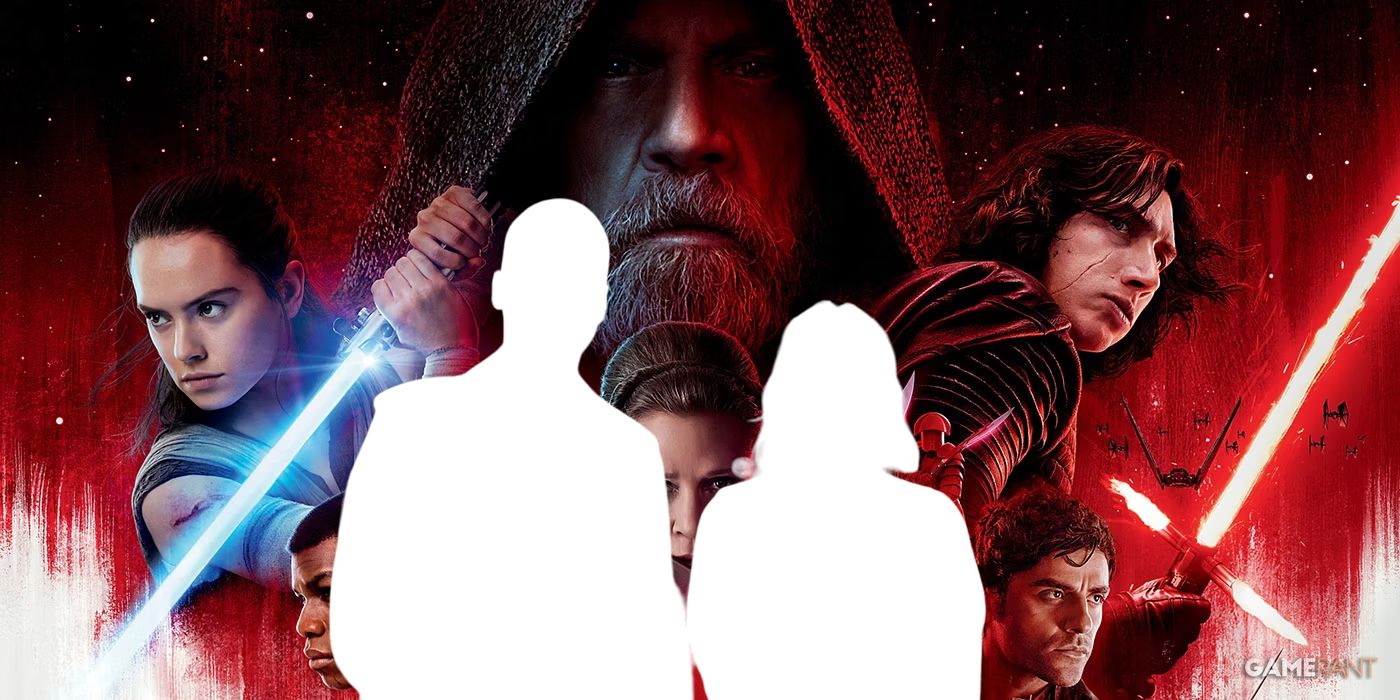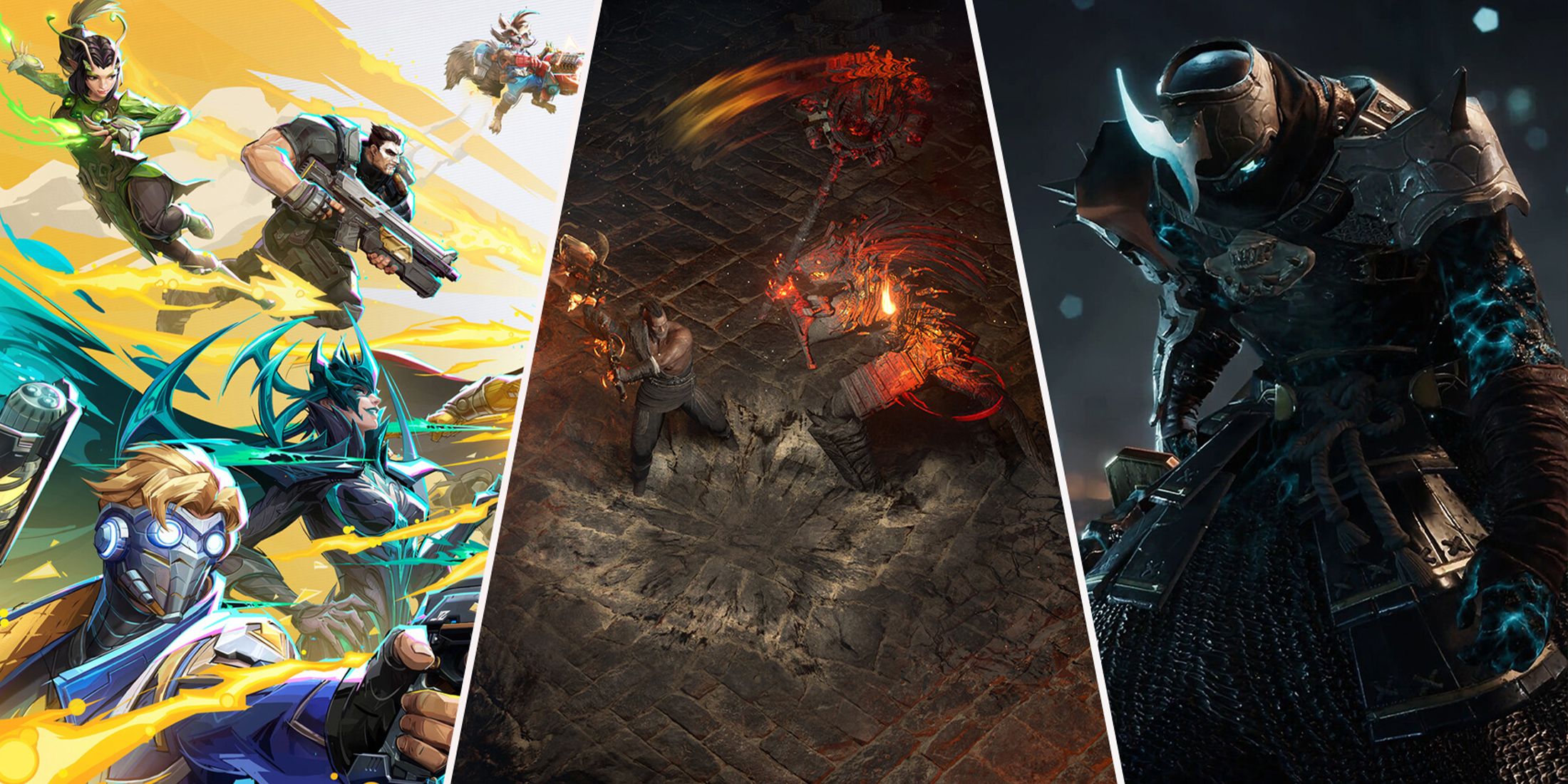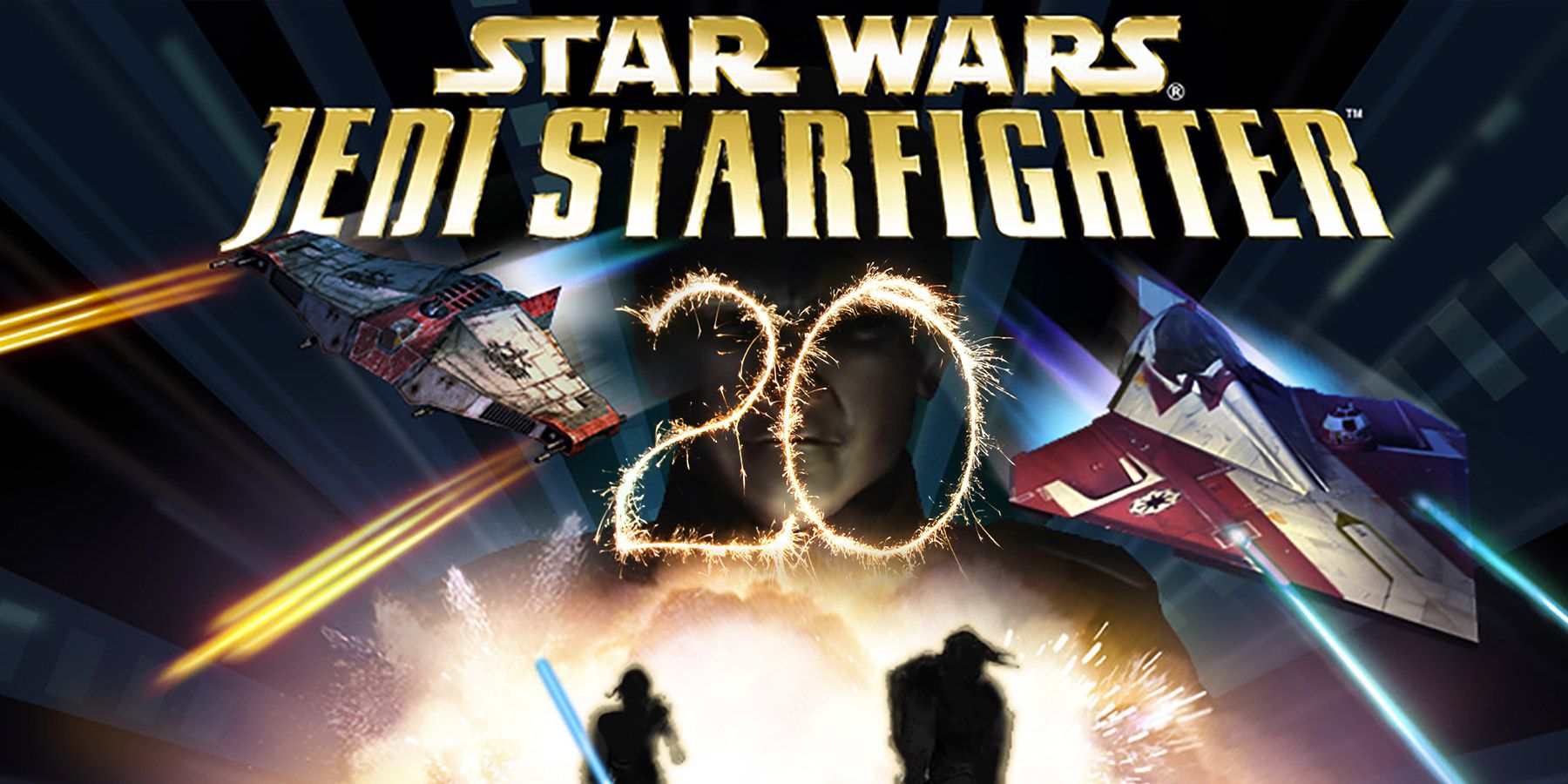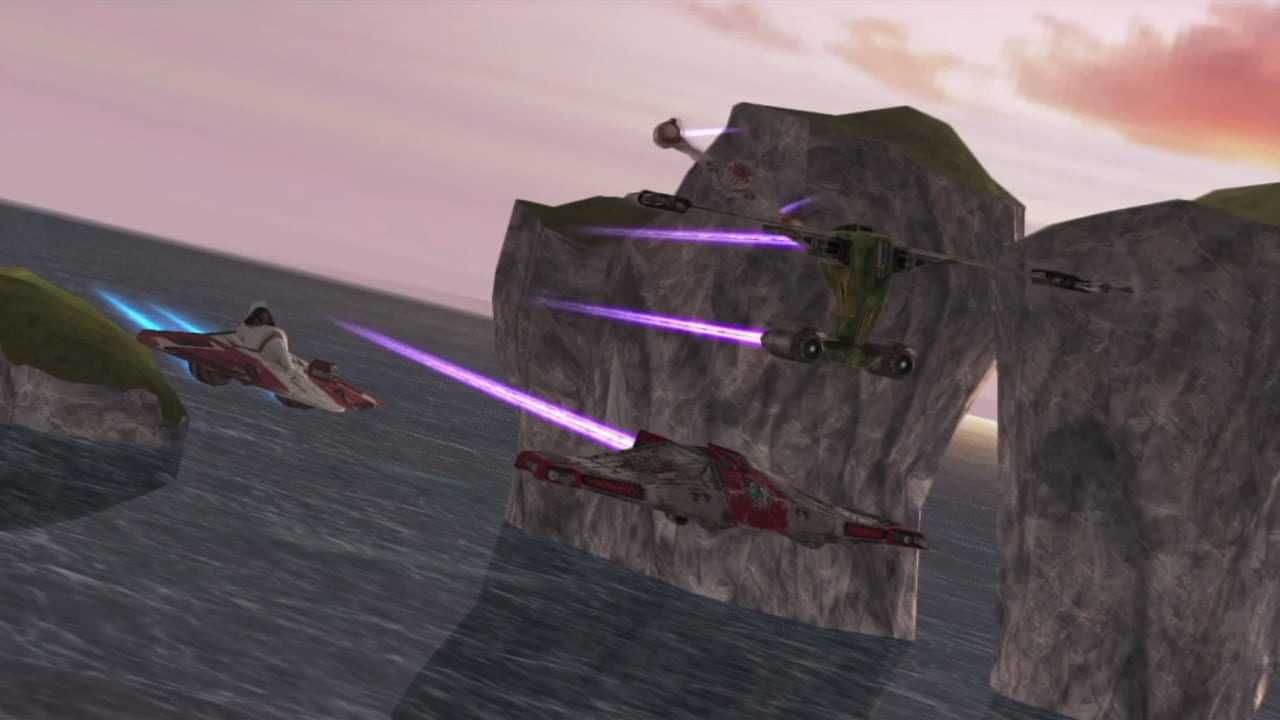From one of the very first Star Wars games, Star Wars: X-Wing, to one of the most recent, Star Wars: Squadrons, the combat flight simulator genre has been prevalent throughout Star Wars' video game history. Although there tends to be some common mechanics or story beats across this genre of Star Wars games, there's one title that goes a little against the grain: Star Wars: Jedi Starfighter.
Released on March 10, 2002, Star Wars: Jedi Starfighter is now 20 years old, and is still one of the most unique Star Wars games ever made. On the surface, Jedi Starfighter looks like any other arcade-y space dogfighter, with the player being tasked with eliminating wave after wave of faceless opponents. However, diving a little deeper into the game, there's a lot Jedi Starfighter got right, and there's maybe some lessons that modern Star Wars dogfighters could take from it.
A Character-Focused Narrative
With Star Wars: Jedi Starfighter coming out a few months before Attack of the Clones, this was the first opportunity for many fans to get a better glimpse at the state of the universe, and its characters, just before the events of the movie. During the game, players take control of Adi Gallia, a Jedi Master tasked with hiring the mercenary Nym, the character who appeared in the game's predecessor, Star Wars: Starfighter.
Playing as Gallia, players will battle their way across the galaxy, facing off against Separatist forces in a variety of bright locales. During the course of the campaign, players are drip-fed important plot details that go a long way in building the world, and expanding on the main narrative of the prequels. By giving these expansive details in a simple, character-focused narrative, the story is kept engaging and easy to process for both Star Wars fans, and newcomers to the series.
Some of the more recent Star Wars titles have had a slight issue with their storytelling, choosing to prioritize fan-service over telling a distinct and clear, character-focused story. Star Wars: Battlefront 2, for instance, suffered from this issue, with much of its runtime being used to give players control over fan-favorite characters in missions that didn't really expand the universe, or add to the main narrative of the game. Iden Versio's story takes a backseat, and the narrative feels rushed and awkward because of it.
Star Wars: Squadrons also suffered from story issues, with much of its criticisms coming from its simplicity, and lack of focus on the player-character. For many, Star Wars: Squadrons' campaign felt like a glorified tutorial, with each mission seemingly only being present to teach a new mechanic, as opposed to progress the story in any meaningful way.
Similarly, many fans and critics weren't a fan of how the story was actually told, mostly through characters simply saying the plot to the player, as opposed to experiencing it themselves. Many of Squadrons' missions also featured fan-favorite characters like Wedge Antilles, which many viewed as hollow fan-service that didn't really mesh with the story, but was done in an attempt to keep fans engaged in a barebones plot.
20 years ago, Star Wars: Jedi Starfighter managed to do a pretty decent job of balancing fan-service along with telling a full-length, character-focused story. Though it certainly wouldn't win any awards, Jedi Starfighter's simple plot has enough character development to stand on its own, with Nym and Gallia's relationship being the core hook to the story, regardless of the explosive set-pieces or moments of fan-service.
That being said, there was plenty of fan service moments for Star Wars fans to sink their teeth into, with the end of the game taking place above Geonosis, matching up with the final moments of Attack of the Clones. In the final battle, the player is tasked with single-handedly destroying an entire fleet of Separatist bombers. In a moment of pure fan-service, players get to command an entire squadron of fellow Jedi Starfighters, with some named Star Wars characters appearing.
The real difference between this moment of fan service and cameo appearances in Battlefront 2 and Squadrons, is that the game has spent its entire run-time getting to this point. Players are rewarded with iconography they recognize, but also new gameplay mechanics, that coincide with Attack of the Clones.
A Unique, Evolving Gameplay Hook
From a gameplay standpoint, Jedi Starfighter won't be winning any awards, but it does have something that new Star Wars dogfighters have been lacking: A unique, evolving gameplay hook. In Star Wars: Squadrons, once a player has flown in an X-Wing for the first time, they've essentially seen all the game has to offer. Though Squadrons offers a decent variety of vehicles, each with their own unique quirks, these quirks aren't enough to change up the gameplay in any significant way, and after a few hours, a player can feel like they've experienced everything in the game.
Star Wars: Jedi Starfighter's core gameplay hook is its Force powers. The primary point for the game's marketing, and the aspect that set it apart from its predecessor, was that the player could use Force powers while in their Jedi Starfighter; from a Force Shield that protects against oncoming fire, to Force Lightning that can destroy a chain of enemy fighters. Although Star Wars: Jedi Starfighter's unique hook is pretty simple, it evolves throughout the game, keeping the player invested with new Force powers that are unlocked every few missions or so.
It may not be the best Star Wars game, and it's certainly showing its age, but Star Wars: Jedi Starfighter is still one of the most unique titles in the franchise 20 years later. With a story that delivers fan-service without losing its character-based narrative, and a gameplay hook that evolves throughout the game and keeps rewarding the player, Jedi Starfighter serves as a good example of what modern Star Wars games need to be.
Star Wars: Jedi Starfighter is available on PS2, PS4, and Xbox.






